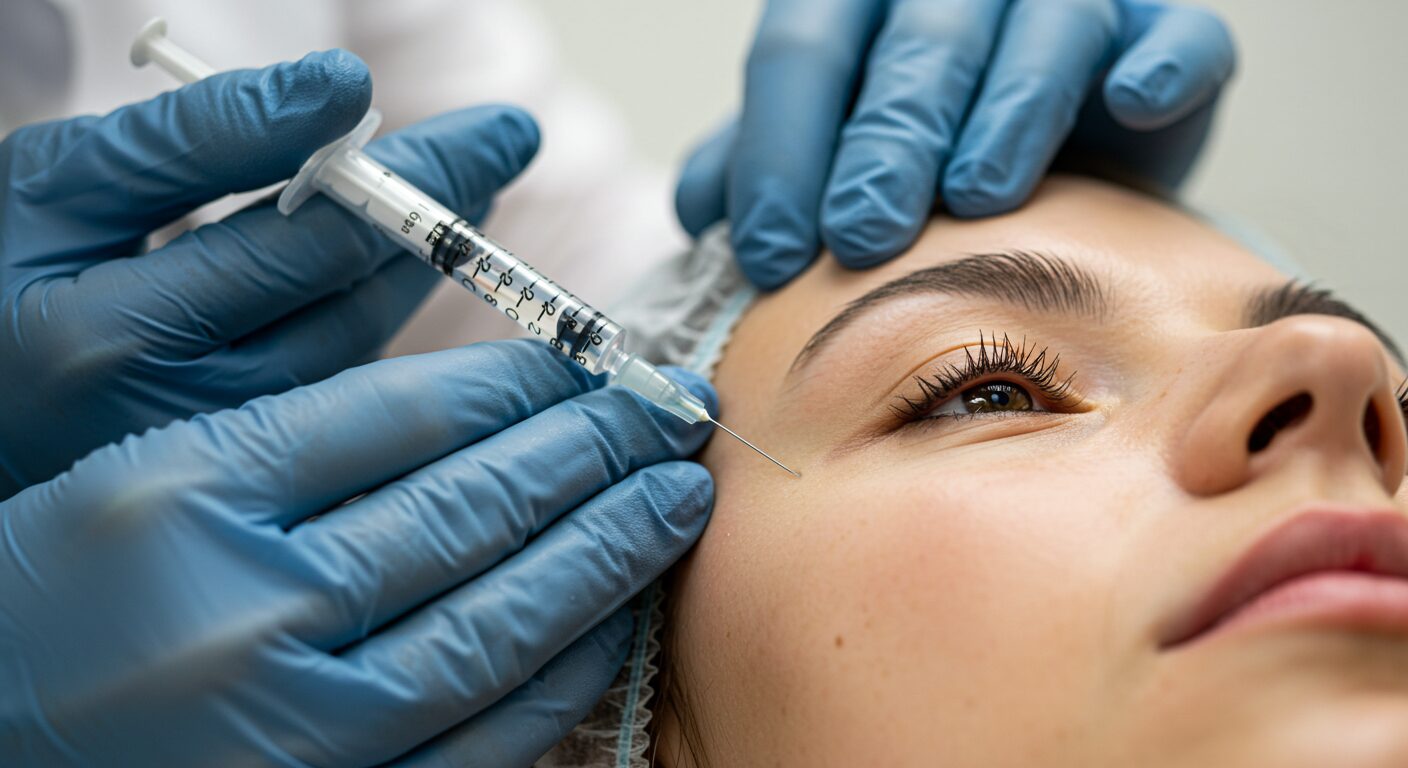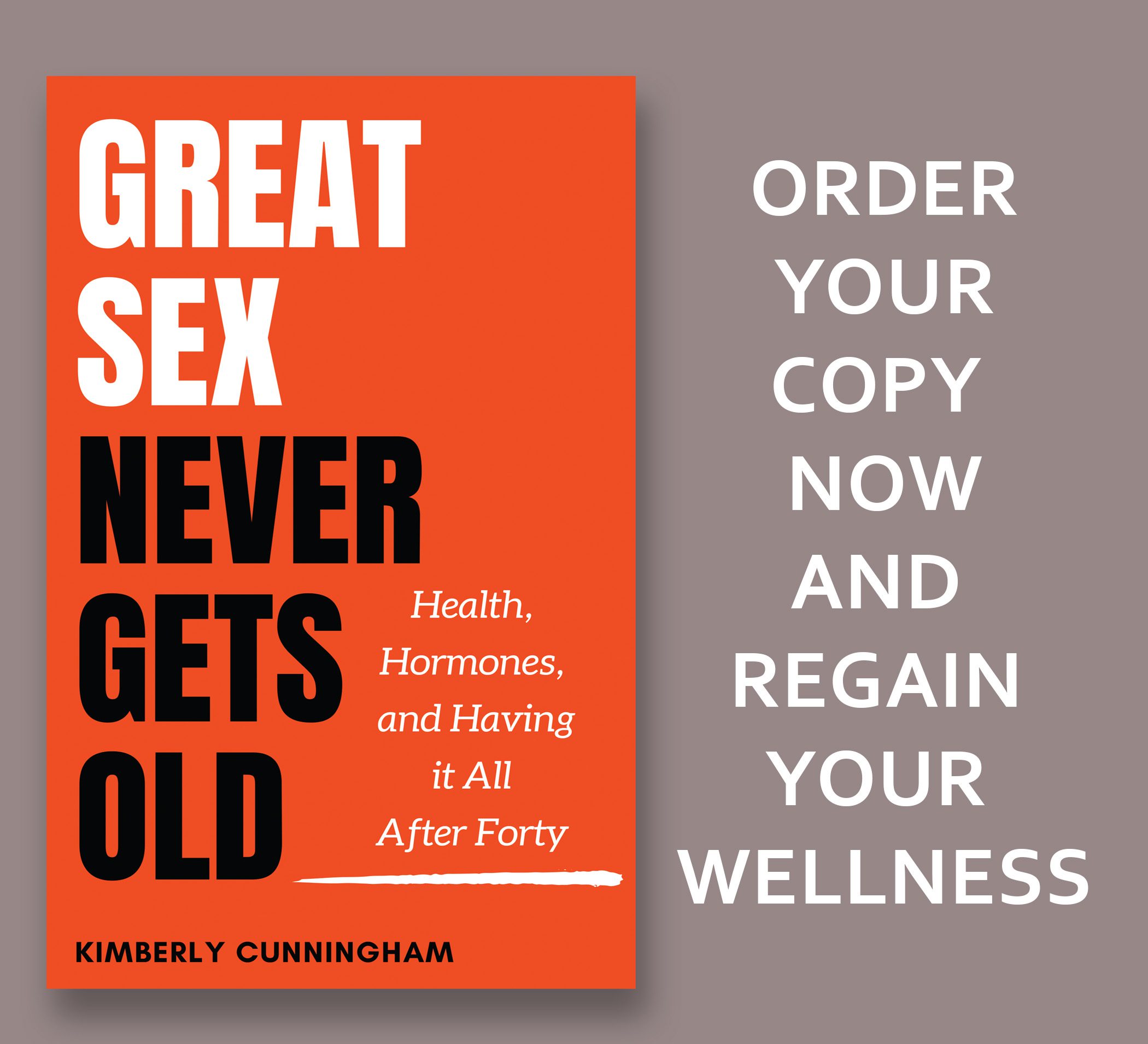If you’re thinking about getting fillers, you probably have one big question in mind: how long do fillers last?
Whether it’s your first time or you’re planning a touch-up, knowing how long you can expect results to last—and what affects that timeline—can help you make the best decision for your look.
At Cunningham Clinic in Colorado, we get this question all the time, and we’re here to break it down in a way that actually makes sense.
How Long Do Fillers Last? (By Filler Type)
Fillers aren’t one-size-fits-all. Different types have different lifespans, and the type you choose will influence how long your glow-up sticks around.
Hyaluronic Acid Fillers (HA)
Hyaluronic acid fillers like Juvederm and Restylane are some of the most popular choices—and for good reason. They’re versatile, reversible, and give super natural results. These face fillers usually last anywhere from 6 to 18 months, depending on where they’re injected and how your body processes them.
Calcium Hydroxylapatite (CaHA)
This one’s a little denser than HA and is often used for deeper wrinkles or to restore volume. CaHA fillers, like Radiesse, usually last 12 to 18 months, sometimes even longer with touch-ups. They tend to stimulate collagen over time, which means your skin can actually get better as the filler fades.
Poly-L-Lactic Acid (PLLA)
PLLA fillers, like Sculptra, are less about instant results and more about long-term collagen stimulation. The full results build gradually and can last up to two years or more. It’s a vibe if you’re in it for the long game.
Polymethylmethacrylate (PMMA)
PMMA is considered a “semi-permanent” filler. It’s not something most people start with, but for deeper lines or scars, it can last 5 years or longer. It’s more like an implant than a dissolvable filler, so make sure you’re totally set on the look before going this route.
Fat Injections (Autologous Fat Grafting)
This method uses your own body fat, usually taken from areas like your thighs or stomach, and injected into your face. When done right, it can last several years, since it becomes part of your natural tissue—but it does depend on how much fat survives the transfer.
How Longevity Varies by Treatment Area
It’s not just the filler type that matters—where you get it plays a huge role in how long it’ll last. Different areas of your face move at different rates and have varying levels of blood flow, which impacts how fast your body breaks down the product. Think of your face like a map—some places are calm and quiet, while others are high-traffic zones.
Under-Eye Fillers
Fillers in this delicate area typically last 6 to 12 months, since movement is minimal and the skin is thin. But it’s also one of the trickiest spots to treat—too much filler or the wrong placement can cause puffiness or shadows. When done right, though, under-eye injectables can brighten your whole face and make you look like you actually slept eight hours (even if you didn’t).
Cheek Fillers
Because cheeks have less movement than areas like the mouth, filler tends to last 12 to 18 months here. It’s a great area to build structure, contour your face, and restore volume that naturally fades over time. Bonus: defined cheekbones can lift the lower face too, creating a more youthful appearance overall.
Nose Fillers (Liquid Rhinoplasty)
Results here can stick around for up to 18 months, sometimes even longer. This area doesn’t move much, so fillers tend to hold their shape well. It’s a non-surgical way to fix minor bumps, add symmetry, or even lift the tip slightly. Because it’s a high-risk zone with a lot of blood vessels, it’s super important to trust an experienced injector who knows facial anatomy inside and out.
Lip Fillers
Lip movement is constant—talking, eating, sipping iced coffee, kissing your partner—so lip fillers usually last around 6 to 12 months. If you love a subtle plump, you’ll want to come in for touch-ups a couple of times a year. The good news? Over time, the hyaluronic acid can actually stimulate collagen production, helping you maintain a fuller look longer.
Chin & Jawline Fillers
Fillers in the lower face often last 12 to 18 months, thanks to a combo of density, product type, and relatively limited movement. Sculpting the chin and jawline can dramatically balance your profile and define your face shape, making it one of the most satisfying areas to treat.
Nasolabial Folds & Smile Lines
Since this area moves a lot when you talk, laugh, or smile, fillers here usually last 6 to 12 months. These lines tend to deepen as we age, and while some people prefer to leave them as-is, fillers can soften them for a smoother, refreshed appearance. The trick is not to overfill—natural movement is still key to looking like you, just a more rested version.
What Affects How Long Fillers Last?
Even if you and your bestie get the same filler in the same spot, the results might not last the same amount of time. There are a bunch of factors at play—some you can control, and some you can’t. Think of it like skincare: your results depend on a mix of the product, your routine, and your unique biology.
Your Metabolism
If you’ve got a lightning-fast metabolism, your body might break down fillers quicker than someone else’s. Athletes or super-active people often notice their injectables don’t last as long. It’s not a bad thing—it just means your body is doing its job a little faster.
Filler Type & Density
Not all fillers are created equal. Thicker, denser fillers—like those used in the cheeks or jawline—tend to last longer because they’re built to hold shape and resist movement. Softer fillers made for lips or fine lines break down more quickly since they’re more flexible and mobile.
Area of Injection
As we mentioned earlier, high-movement areas like the mouth or forehead tend to burn through filler faster. Areas that stay relatively still, like the temples or nose, tend to hold on longer. Blood flow also plays a part—areas with more circulation may break down filler sooner.
Injector Technique
The right injector doesn’t just make your results look good—they help make them last. Precise placement, product choice, and depth of injection all affect how your filler performs over time. This is one of the biggest reasons to choose a licensed, experienced provider (like the pros here at Cunning in Colorado).
Lifestyle Habits
Your day-to-day routine can make or break your filler game. Too much sun exposure, dehydration, smoking, and even chronic stress can speed up filler breakdown. On the flip side, staying hydrated, wearing sunscreen, and taking care of your skin can help your results last longer.
Tips to Make Your Fillers Last Longer
Let’s be real: fillers aren’t cheap. So naturally, you want them to stick around as long as possible. While some factors are out of your control, there’s plenty you can do to give your results more staying power.
Follow Aftercare Instructions
Aftercare isn’t just a suggestion—it’s part of the treatment. That means avoiding alcohol, heavy exercise, and facial massages for at least 24 to 48 hours. Skipping these steps can cause swelling, bruising, or even shorten the life of your filler.
Avoid High Heat and Intense Workouts Right After
Heat increases blood flow, which can speed up filler absorption. That means steering clear of saunas, steam rooms, hot tubs, and intense cardio for a couple of days after your appointment. It’s the perfect excuse to chill for a bit—literally.
Schedule Maintenance Appointments

Don’t wait until your filler is completely gone to come back. Regular maintenance can help you keep a consistent look and may even reduce the amount of product needed over time. Many of our clients at Cunning book a check-in every 6 to 9 months, depending on the area treated.
Can Fillers Be Dissolved or Reversed?
So what if you change your mind—or something just doesn’t feel right?
When You Can Remove Fillers
The great thing about hyaluronic acid fillers is that they’re reversible. If you feel overfilled, uneven, or just not into it anymore, you don’t have to wait it out. It’s totally okay to want a do-over (or an undo).
How Hyaluronidase Works
Hyaluronidase is an enzyme that breaks down HA-based fillers. It works fast—usually within 24 to 48 hours—and can help correct placement issues, reduce puffiness, or fully dissolve the product. It’s kind of like an emergency eraser, and it’s why many people feel more comfortable starting with HA fillers first.
Are You a Good Candidate for Fillers?
Not everyone is a perfect fit, and that’s okay. Here’s what to consider.
Ideal Age Range
Most clients are in their mid-20s to 50s, but it’s more about your goals than your age. Preventative treatments are popular in younger adults, while restoration is the focus as we age.
Skin Type and Goals
Whether you’re dealing with volume loss or just want to enhance certain features, fillers can work for most skin types. It’s all about customizing the plan to fit you.
Consultation: What to Expect
Your first visit to Cunningham clinic in Colorado will be a no-pressure chat with one of our injectors. We’ll go over your goals, explain your options, and answer every question you’ve got. Think of it as your personal roadmap to glow.
Conclusion
So, how long do fillers last? It depends on the type, the treatment area, your body, and your lifestyle—but one thing’s for sure: with the right injector and the right plan, you can keep your fresh-faced look going strong. Ready to take the next step? Reach out to Cunningham clinic in Colorado today to book your consultation and start your filler journey with confidence.
FAQ
What affects how long fillers last?
Things like filler type, injection area, your metabolism, lifestyle habits, and the injector’s skill all play a role in longevity.
What are the long-term problems with fillers?
Overuse or improper technique can lead to migration or an unnatural look. That’s why choosing a skilled injector matters.
Do fillers change your face over time?
They can, especially with repeated use. That’s not necessarily a bad thing, but it’s important to go slow and reevaluate over time.
What happens when face fillers wear off?
Your face returns to its pre-filler appearance. It won’t sag or deflate—though it might feel like it because you got used to the plumpness.
Which fillers last 2 to 5 years?
PMMA and fat grafting can last this long, depending on how your body accepts them.
What are the bad results of fillers?
Lumps, asymmetry, and overfilled areas are possible, especially with inexperienced injectors.
Is there a downside to fillers?
If overdone or poorly placed, fillers can look unnatural. Long-term, some people may see puffiness or stretching.
What is a pillow face?
It’s a term for an overfilled face—where too much filler makes the face look puffy or bloated rather than youthful.





Leave a Reply